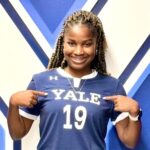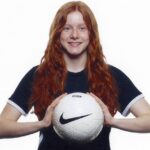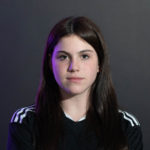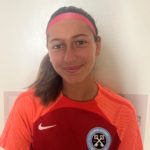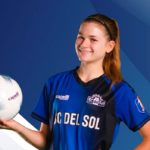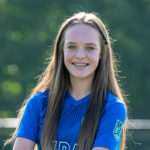Manchester United’s Tony Strudwick shares youth development philosophy
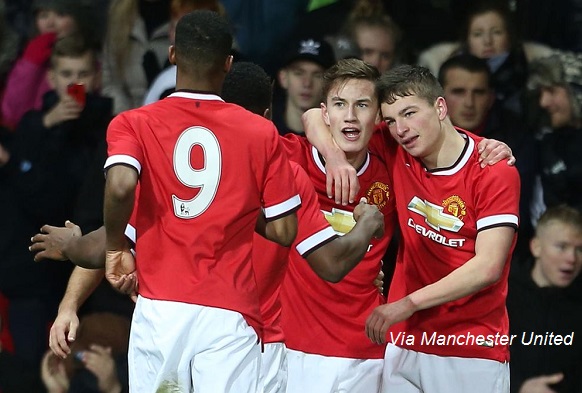
Manchester United head of athletic development Tony Strudwick holds the challenge of keeping one of the English Premier League’s top clubs in peak physical condition.
Along with first team fitness coach Jos van Dijk, Strudwick spends his days working with players in the Manchester United club on injury prevention, movement science, recovery, conditioning and various other aspects of maintaining top athletic form. Strudwick, who earned a PhD in sports science from Liverpool John Moores University and mostly oversees the Man U youth system, is in Philadelphia for the NSCAA Convention where he will present a lecture entitled “Long Term Athletic Development” on Saturday morning.
Strudwick shared his thoughts on the American youth development system, as well as his own methodology for talent identification in an interview with SoccerWire.com on Thursday. One of his primary points of emphasis at Manchester United since he was hired by the club in 2007 has been ensuring that his athletes are well-rounded in their motor skills, being comfortable with movements outside the soccer realm like gymnastics or other sports.
“A big part of our philosophy is making sure we’re working outside of the football environment with athletic training and conditioning,” Strudwick said. “We’re working on the right movements for them to prevent injury and to keep them on the training field. We want to produce big, powerful players who are game-breakers.”
Stressing the importance of multi-sport athleticism has been a growing priority of his for years, from his playing days at Colchester United, coaching career with Blackburn Rovers, studies in sports science and at Manchester United when he was hired as first team fitness director to his current position with the club.
More often than not, Strudwick says, the best athletes in the world are able to distinguish themselves from the pack thanks to a range of motor skills beyond what is typically expected in a given sport. For example, the footballer with a background in gymnastics is likely to have significantly more potential in the long haul being able to contort their body and move more fluidly than the one-sport ‘specialized’ player. This is among the most valuable pieces of information in talent identification before the ages of 20 and 21 when most athletes have finally grown into their bodies.
“First and foremost the whole notion of talent ID is very complex,” Strudwick said. “You’re looking at the journey of a player from 6 years old all the way to 21-plus. Fundamentally it’s about having a multi-sport skill acquisition early on in life from age 4 all the way to 10 and 11.”
In youth sports, with puberty hitting at various ages and players growing into their bodies at different rates, the late bloomers often slip through the cracks. At Manchester United, holding on to the late bloomers with potential has helped the club maintain greatness over the years.
Among the top examples is Paul Scholes, a mainstay in the midfield for Manchester United and the England National Team in the late 1990s and early 2000s. Scholes entered the Manchester United system at 14 showing great potential, but at 16 remained undersized and had an asthma problem.
“Paul very easily could have fallen through the system and we would have lost one of the greatest players of our generation,” Strudwick said, adding that late bloomers like Scholes and Real Madrid’s Gareth Bale often have the highest ceilings over the long haul. Following a recent and perhaps unexpected growth spurt, 19-year-old center back Paddy McNair has also burst onto the scene with the Manchester United first team.
“It’s important that there is a science around the development process but there’s also an art,” he continued. “When they have that peak growth spurt they’re going to lose coordination so you need to monitor those things over the years. Don’t always look at performance now, you’ve got to try and look at the whole athlete, physical, technical and tactical.”
Strudwick said one of the major differences between European and American youth development strategies is that the net is not cast wide enough or for long enough at many American clubs. While many of the elite clubs in the U.S. pack their top teams with the biggest and fastest players at the younger ages, the late bloomers often miss the cut early on and don’t get another realistic chance later.
“The best methodology is simply identifying that it’s a journey, and not just selecting the big kids at U-13 and U-14,” he said. “One thing unique to American teams is they’re always fit and they’re not behind from an athletic point of view. There aren’t many sports where America is not one of the very best in the world, so you’ve got to look at participation rates and what their approach is to training at the younger ages.”
“For me it’s about skill development and motor control at the early ages,” he continued.
Chalk Strudwick up with the growing list of well-qualified proponents for not specializing in one sport at an early age, which has been a trendy topic among various presenters at the 2015 NSCAA Convention.
SOCCERWIRE MARKETPLACE
- The St. James FC Virginia 2024-2025 Travel Tryouts
- TSJFCV - Hiring Travel Soccer Coaches
- Hiring: U13-U19 Boys Director
- Coaches Needed
- Train with professional AC Milan coach
- Loudoun Soccer 2024/25 Travel Player Placement Sessions
- Official Elite Summer Soccer Camps with Elite Pro Clubs in Europe
- Official EPL Tickets: ARSENAL, LIVERPOOL, TOTTENHAM & MORE
- Travel to Denmark for Dana Cup Hjørring 2024
- New England Surf Challenge and Showcase 2024

